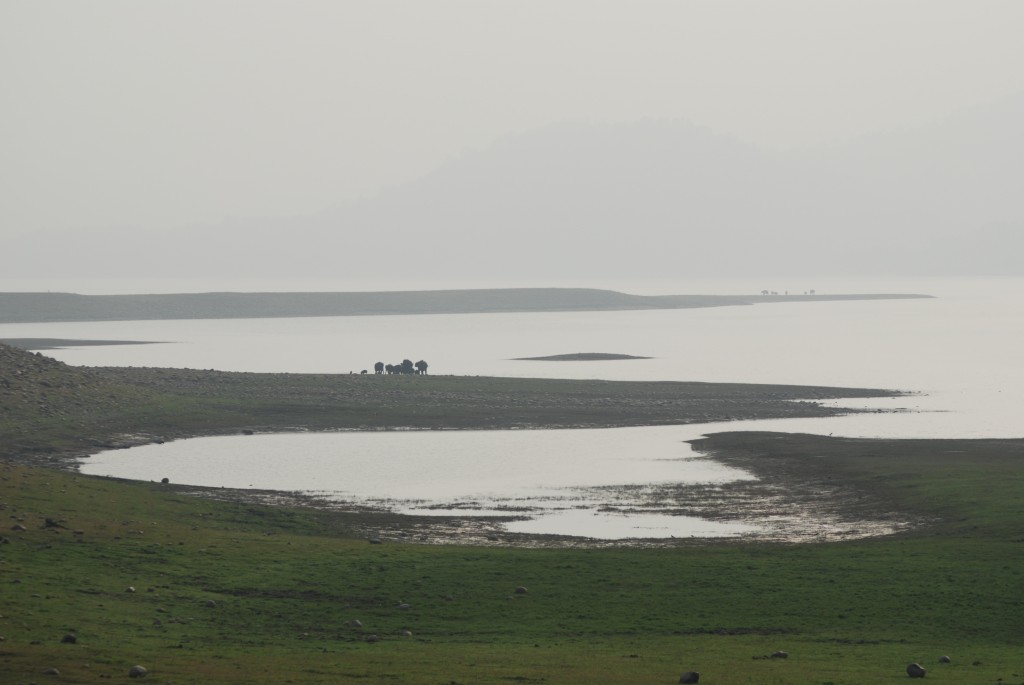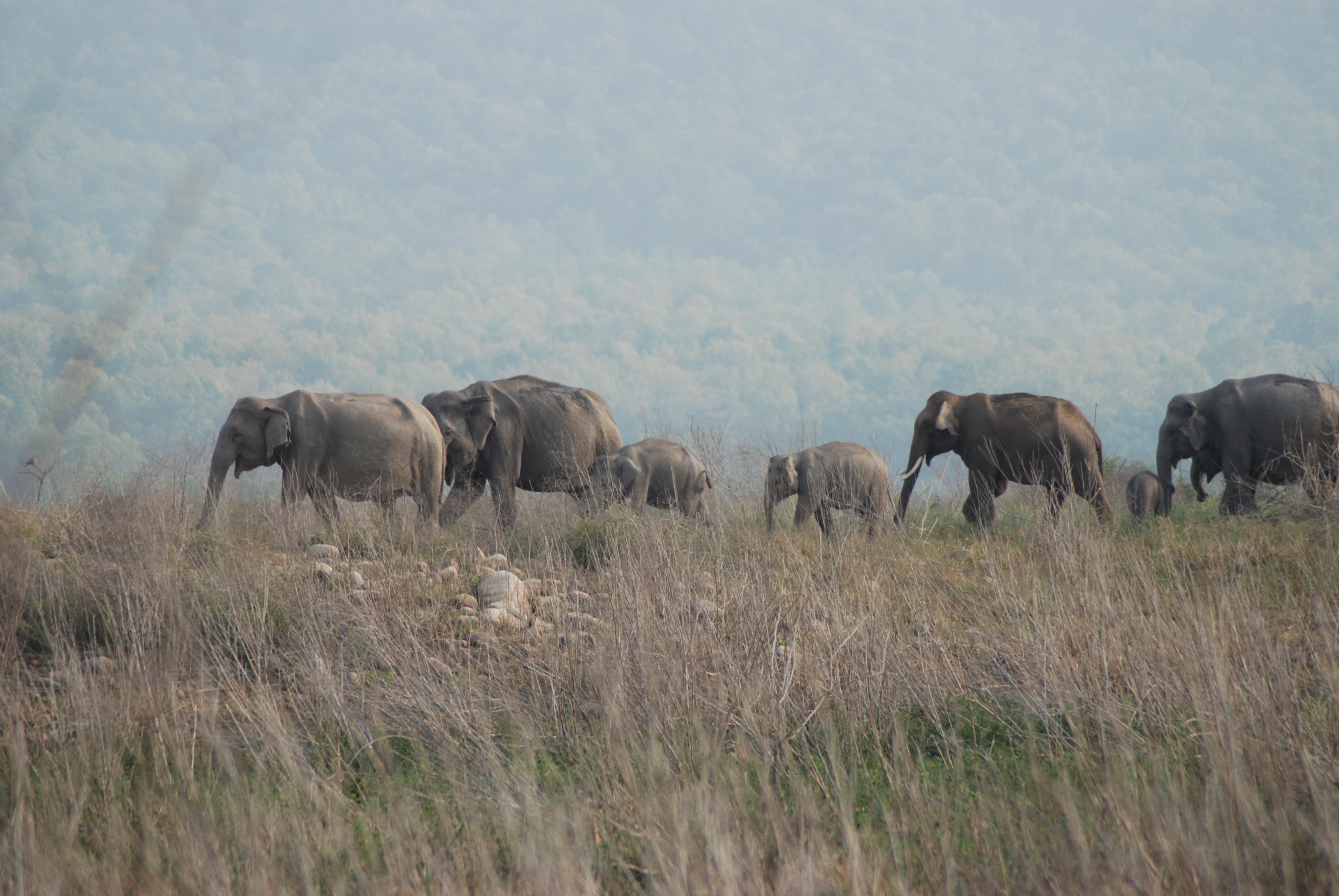In recent years the elephant has caught the World’s attention not as a source of fascination or folklore, or as mans helper but as our defenseless victim. At the height of the ivory crisis more than 70000 elephants were being killed every year. About 80 % of the tusks came from poached animals. Elephant poaching has been more predominant I African elephants because the tusks of Asian male elephants are small and the female usually is tuskless.
With the African elephants having been placed in Appendix III of the 1973 Convention on International trade in Endangered species of wild fauna and flora (CITES), the world ivory trade has collapsed leaving a majority of ivory carvers out of business. Resent estimates (Frontline, August 1995) reveal that atleast 50 elephants and 550 rhinos are officially estimated to be killed by poachers each year. After narcotics, flora and fauna are the largest single source of illegal traffic worth up to $ 8.3 billion annually. There is an estimated elephant population of 23000 elephants in the country out of which the maximum number are found in the north eastern parts of the country. Poaching methods for elephants are very ruthless and cruel. Elephants have a very stubborn retentive vitality of life. They cannot be killed instantly so they are slowly hacked to pieces while still alive. Poaching of elephants using poisoned arrows and nailed iron blocks is common phenomena in India.
Capturing elephants is an art developed over centuries. Pans or stockades, by means of female decoys, mela shikars or noosing from the back of a trained elephant, by nooses cancealed on the ground and the pit method are some commonly used techniques.
Poaching has assumed pernicious proportions. It has drastically influenced the multiplication of gene pools. The latest investigations show that approximately 400 tigers, 200 elephants, 300 leopards and 100 Rhinos are killed every year.
While poaching is to a large extent responsible for the dwindling numbers, habitat loss and habitat degradation have a significant role to play. Human influences by way of infringing on migratory routes and corridors, reducing forest availability, increase in population especially in the vicinity of National Parks have had a major role to play in assisting the extinction of plants and animals.

